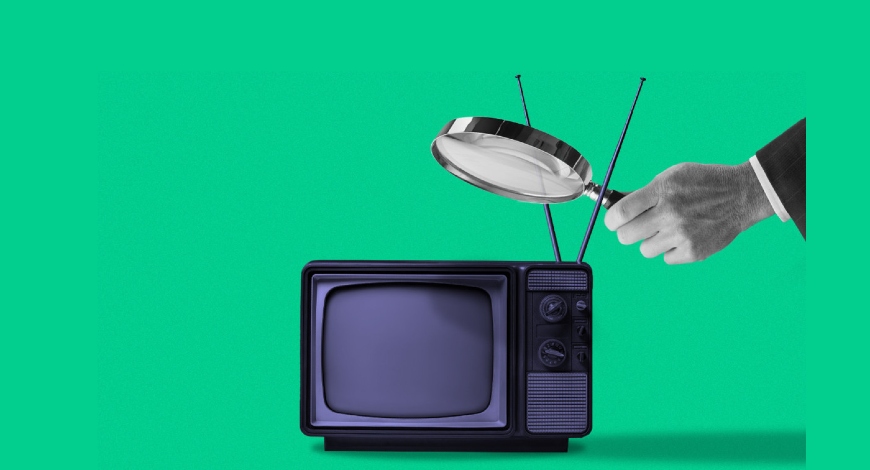Trends
Another 1.2 million consumers ditched traditional cable TV last quarter

Surprising nobody, the traditional cable TV industry lost another 1.2 million paying subscribers last quarter as users flee to other alternatives. Largely those alternatives consist of streaming video services that are cheaper, more flexible, and feature better customer service. Many others are rediscovering free over the air broadcasts. Others have simply shifted away from TV entirely, choosing to embrace YouTube or TikTok.
According to Leichtman Research, the top cable companies lost 587,649 customers in just the last quarter, compared to 698,000 for telco and satellite providers. Over the last year, traditional pay TV providers saw a net loss of about 4,520,000 subscribers, compared to a loss of about 5,460,000 over the year prior (impressive for a trend that the industry spent years pretending wasn’t actually happening). Fortunately for the industry, the cord cutting revolution appears to be slowing somewhat:
“Pay-TV net losses of 1,230,000 in 2Q 2021 were about 275,000 fewer than in 2Q 2020 on a pro forma basis,” said Bruce Leichtman, president and principal analyst for Leichtman Research Group, Inc. “Over the past year, top pay-TV providers had a net loss of about 4,520,000 subscribers, compared to a loss of about 5,460,000 over the prior year.”
While the rate of decline is slowing there’s still a lot of room to fall. The top traditional pay TV providers still serve roughly 77.6 million subscribers in the US, many of which stick around thanks to sports programming. As sports increasingly shifts away from traditional cable providers and toward streaming alternatives you can expect subscriber counts to follow suit.
Users continue to flee traditional cable for the usual reasons: high prices, terrible customer service, and bloated and inflexible cable channel bundles. There continues to be some headway in these arena by entrenched cable TV providers, but there’s a contingent of execs that simply refuse to seriously compete on price. In large part because many of these companies (Comcast) enjoy regional monopolies over broadband access, allowing them to squeeze those subscribers tighter than ever with bizarre fees and broadband usage caps and surcharges.
Meanwhile increased competition in the streaming TV space has also made things a bit rougher on sector leader Netflix as well, which has been bleeding subscribers in both the US and Canada thanks to growing new entrants like Disney Plus. All in all the shift away from dominant cable TV providers toward more flexible, cheaper alternatives and actual competition (instead of the “wink wink, nod nod” non-price competition we saw between satellite TV and traditional cable TV for years) continues to be a great thing. TechDirt





You must be logged in to post a comment Login